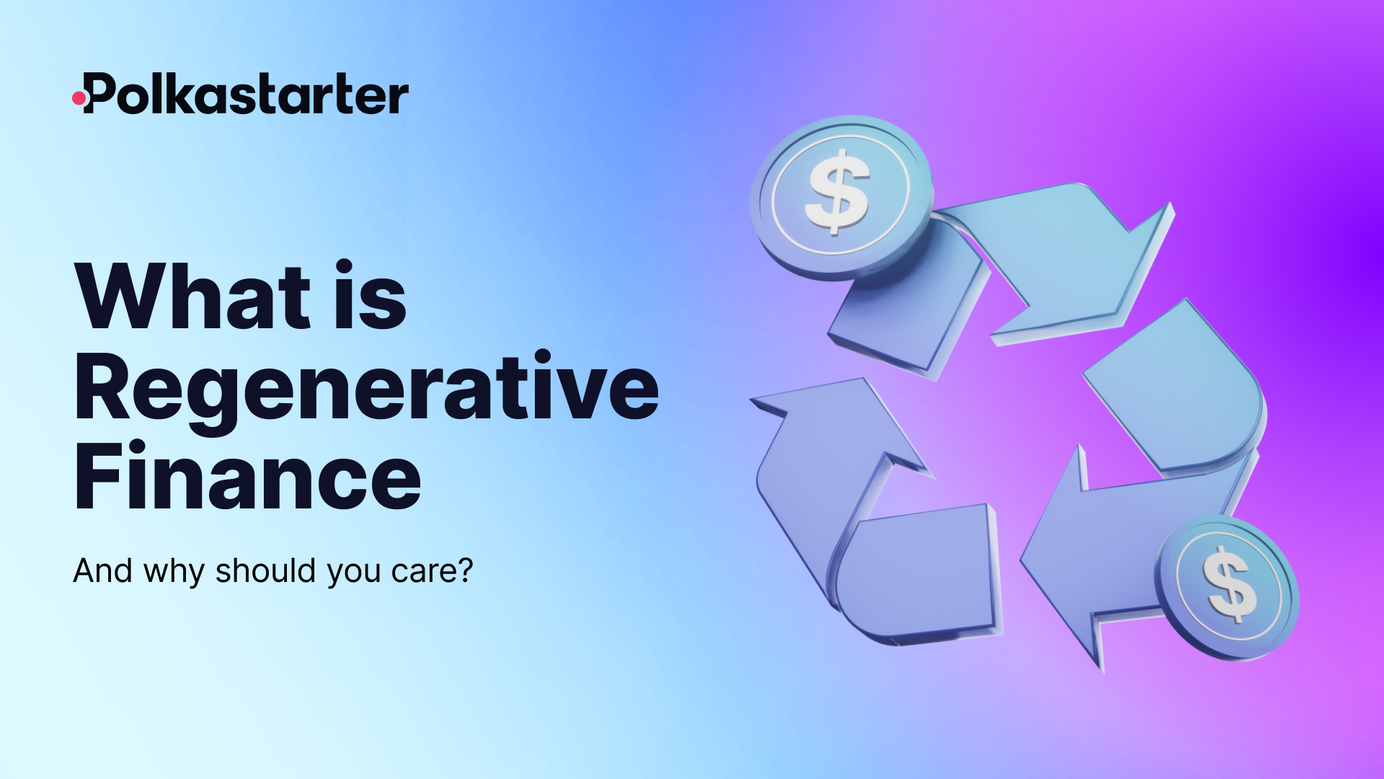
What is Regenerative Finance (ReFi) and Why Should You Care?
A financial model to preserve, not exploit natural resources.
Regenerative Finance (ReFi) refers to using various forms of capital to lead systematic, sustainable, and positive change for all stakeholders. It’s an entirely different take on people’s relationship with financial systems, personal finance and wealth.
The term is not as old as one would think and can be actually found back in 2015 when economist John Fullerton coined the term ‘Regenerative Capitalism’ in one of his papers. Here’s how he defines the term: “The universal patterns and principles the cosmos uses to build stable, healthy, and sustainable systems throughout the real world can and must be used as a model for economic-system design.”
Fullerton touched on the challenges all economies face and how they should be structured and capable of addressing them. Areas such as climate change or resource scarcity are universal, timeless problems often seen as economies’ problematic outcomes. How can we turn the table and make economies the solution, not the problem? How is that related to web3 and the blockchain? Let us explain.
Regenerative Finance: Reimagining the meaning of money
Regenerative finance is a deep and layered idea. At its core, it invites us to rethink the meaning of money, and the value and purpose of money. It’s a school of thought that incentivizes actions that increase systemic health and disincentivizes actions that lead to systemic deterioration. What this school of thought is trying to teach us is that making money from natural resources should not be about exploitation, it should be about regeneration and preservation.
For example, what if owning a piece of land in the forest could yield more money for the owner when kept in its pristine, untouched condition rather than being used to build flats and condos? How is that possible? Three things need to happen:
- define the value of preservation/regeneration
- bundle it into a tradable asset
- generate liquidity for that asset
This is where blockchain technology and web3 come into play.
The technology fits like a glove in this use case, creating the necessary foundation to make it a reality. Elements that are unique to blockchains, such as tokenization, decentralization, and transparency, make it possible to achieve such groundbreaking changes. For ReFi to work, we need the relationships between stakeholders to work quickly, frictionlessly, and automatedly. This is precisely what blockchain technology can achieve.
Here’s an indirect example to help you understand what’s possible.
Who would have thought a few years back that playing games at your house could be a way to make money? Gaming was associated with unhealthy habits, such as immobility, lack of exercise and being stuck in front of a computer for hours. With blockchain technology, gaming was able to reverse the narrative and invite people to play, move and earn. The move-to-earn trend is real and shows blockchain’s ability to reverse-engineer entire ecosystems.
Carbon offsetting
The most prominent use case for ReFi is the carbon market. In the current climate, carbon credits are traded between producers, such as environmental developers who secure the land and resources or customers, such as conglomerates who need to offset their emissions. The challenges faced by global carbon markets are:
- they are fragmented and ineffective
- weak accounting
- operational inefficiency
- lack of liquidity
- high compliance costs
- barriers to entry
- ineffective ways to monitor, report and verify
By migrating the carbon market to the blockchain, many of these problems are immediately resolved based on the intangible benefits of the technology. For starters, the possibility of creating the same credit being is eliminated. On-chain carbon credits are traceable and immutable, meaning that no two people can claim the same credit twice, creating overall process transparency. Moreover, retired credits cannot be used again.
Then, there’s the input of NFTs. Tokenising an underlying asset provides unique ownership through a smart contract. The beauty of this is that anyone could help fund a carbon removal project in return for carbon credits. In such a way, we are incentivising people to invest in a regenerative future.
About Polkastarter
Polkastarter is the leading decentralized fundraising platform enabling crypto’s most innovative projects to kick start their journey and grow their communities. Polkastarter allows its users to make research-based decisions to participate in high-potential IDOs, NFT sales, and Gaming projects.
Polkastarter aims to be a multi-chain platform and currently, users can participate in IDOs and NFT sales on Ethereum, BNB Chain, Polygon, Celo, and Avalanche, with many more to come.
Website | Twitter | Discord | Telegram | Instagram | Newsletter | YouTube | Poolside
Polkastarter Blog - Latest Polkastarter News & Updates Newsletter
Join the newsletter to receive the latest updates in your inbox.





